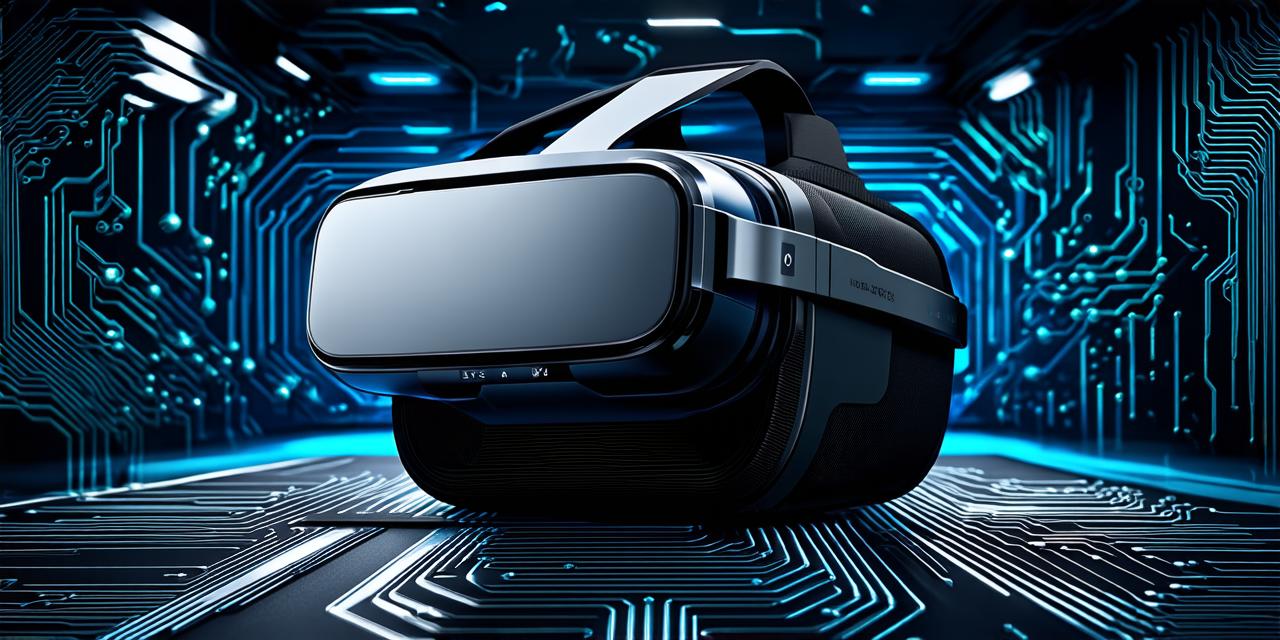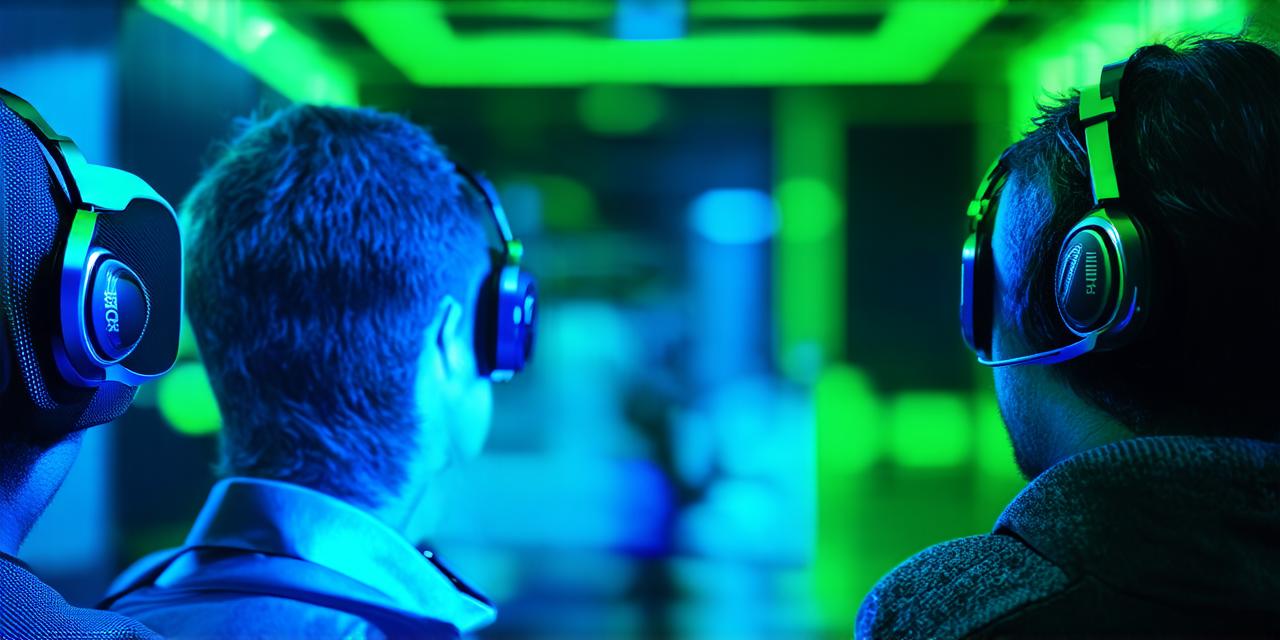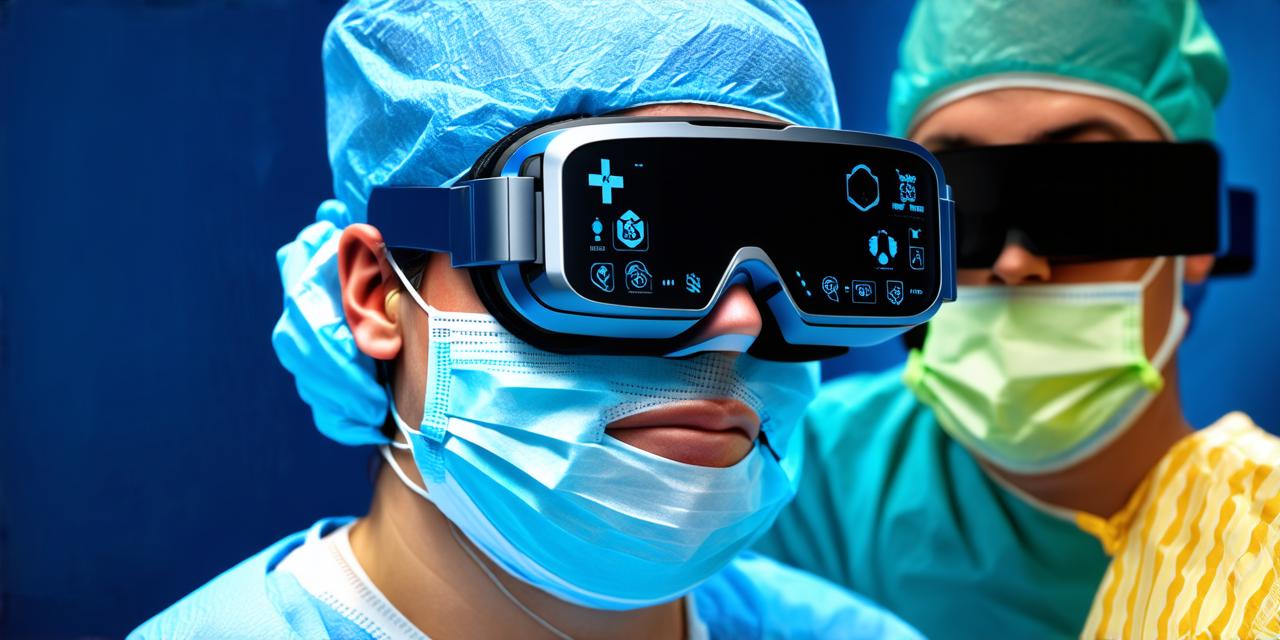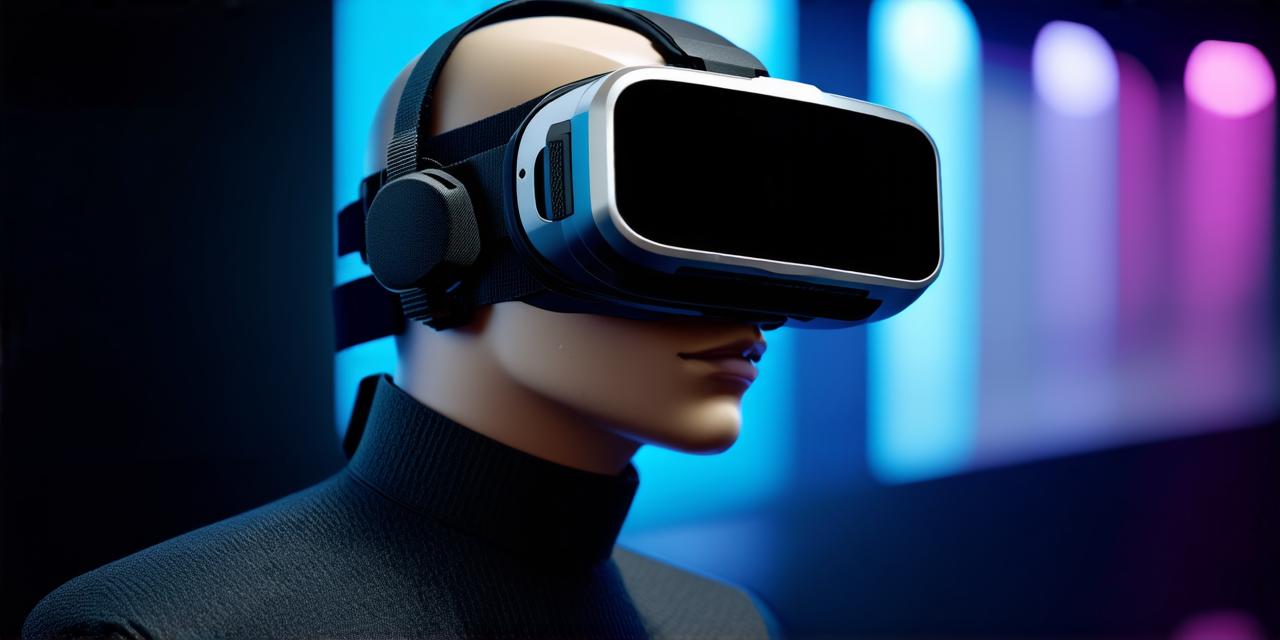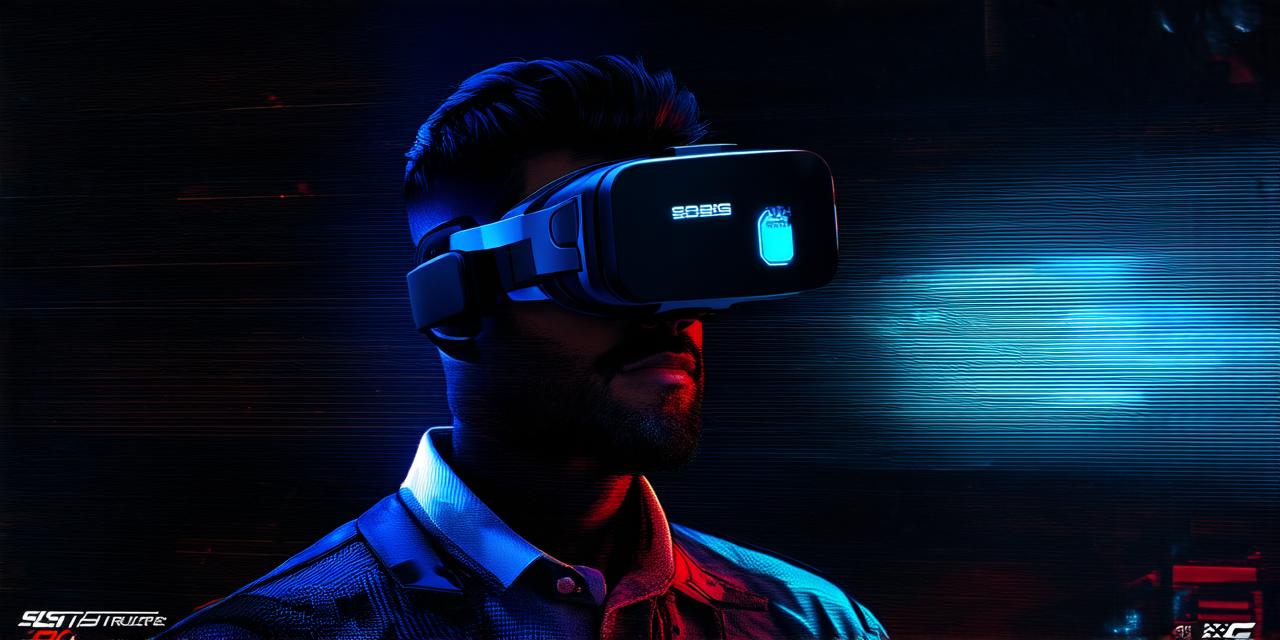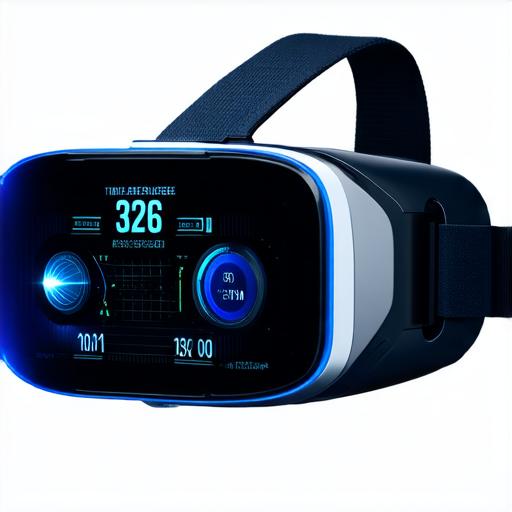
Virtual reality (VR) and augmented reality (AR) are two rapidly growing technologies that have the potential to revolutionize the way we interact with digital content.
While VR focuses on creating fully immersive, simulated environments, AR overlays digital information onto the real world, allowing users to interact with both the physical and virtual worlds.
Real-Life Examples of VR Enhancing AR Development
There are many real-life examples of how VR is being used to enhance AR development in various industries. Here are a few examples:
-
Training and Simulation: The military has been using VR to train soldiers in simulated environments. This allows them to practice their skills in a safe environment, reducing the risk of injury or death during training exercises.
-
Retail: Many retailers have started using VR to create virtual stores that allow customers to see how products will look in their own home before making a purchase. This has been shown to increase customer satisfaction and reduce the number of returns.
-
Medical: The medical field has been using VR to simulate surgical procedures, allowing doctors to practice their skills in a safe environment before performing the actual procedure on a patient. This can help reduce the risk of complications and improve patient outcomes.
-
Gaming: VR is being used to create more immersive gaming experiences, allowing players to enter virtual worlds and interact with virtual objects in ways that are not possible with traditional AR systems.
Conclusion
In conclusion, virtual reality has the potential to revolutionize augmented reality development by improving user experience, providing more realistic interactions, creating more engaging content, and providing more realistic visualization. By combining the power of VR and AR, developers can create more immersive and interactive experiences for users. As technology continues to evolve, we can expect to see even more creative ways that VR is being used to enhance AR development in the future.
